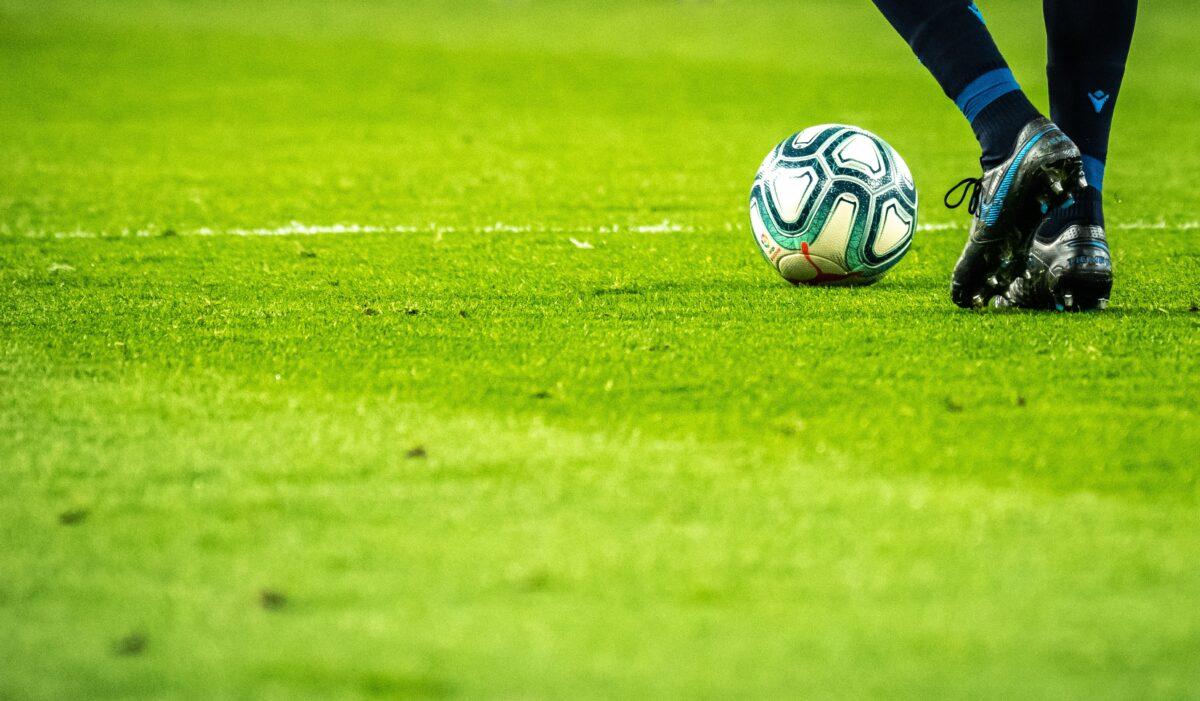The first time I got into contact with sports analytics was by watching the movie “Moneyball”. There, a smaller baseball team switches from traditional scouting methods to using a data-based approach in order to compete against more well-funded firms. This really visualized the opportunities of data analytics as well the superstition against it. But is sports analytics still in its infancy and what is the situation like for football (US: soccer)? This blog will give you an introduction into these topics and offer some initial predictions for the future.
Similar to a lot of traditional industries, soccer provided lots of data points relatively early on: Game journals, goal scores and ball touches. This data, however, wasn’t used for a long time – at least not in terms of machine learning and model analysis. Scouts for instance used these values as a base and infused them with their on-pitch observations but the underlying power of data remained untouched. In today’s time specialized firms such as GoalImpact and established IT Players such as SAP regard this sector as valuable growth option (orange by Handelsblatt, 2018). GoalImpact defines a player’s impact based on game journals which are also available for youth teams. The football team’s success in terms of results difference (!) is put into relation to the number of times a player was on the pitch – accurate to the minute. This is then also compared to a prior prediction of GoalImpact. Therefore, before a match a prediction is made which is then used as somewhat of an experiment to measure whether the result is accurate. Based on the outcome, the goal impact calculation is then re-modified (GoalImpact, 2020).
Apart from game journals, nearly everything on a football field can be measured, especially if you think about it in terms of x and y axes. Havard Sports Analysis Collective (2014), for instance, analysed that the success factors of creating “danger” from corners kicks while Power, Hobbs, Ruiz, Wei & Lucey (2018) debunked soccer myths and found results regarding corner defense via heat maps and statistics. Moreover, analysis can be used for tactics review, training improvement and more healthy players.
Regarding predictions, I think that data analytics will not only increase but will actually become a necessity because no one can afford to lack behind. Respondent trends such as the VAR (Video Assistant Referee) leading to increased camera usage in stadiums as well as wearables and sensors will revolutionize sports analytics and provide an exponentially rising availability of data which would only need to be harvested correctly for success.
Still in the end, data analysis “represents a statistical value. As such it is not right or wrong, it just is” (GoalImpact, 2020). What we make out of it, remains our ballpark.
References:
BiScout, 2017. Die Vermessung des Sports. [online] Available at https://www.bi-scout.com/die-vermessung-des-sports [Accessed on 30 September 2020]
GoalImpact, 2020. Website. [online] Available at goalimpact.com [Accessed on 30 September 2020]
Havard Sports Analysis Collective, 2014. Spatial analysis of corners. [online] Available at http://harvardsportsanalysis.org/2014/09/spatial-analysis-of-corners/ [Accessed on 30 September 2020]
Orange by Handelsblatt. Wie Daten im Fußball über Sie und Niederlage entscheiden. [online] Available at https://orange.handelsblatt.com/artikel/45882 [Accessed on 30 September 2020]
Power P., Hobbs J., Ruiz H,, Wie, X., Lucey, P., 2018. Mythbusting set-pieces in soccer. MIT Sports Analytics Conference. [online] Available at http://www.sloansportsconference.com/wp-content/uploads/2018/02/2007.pdf [Accessed on 30 September 2020]


